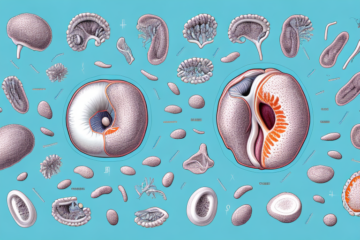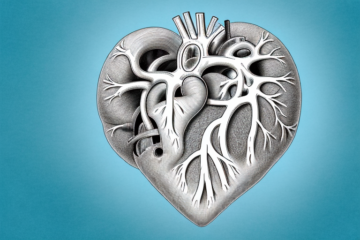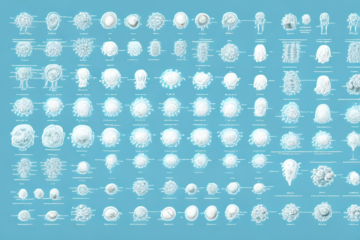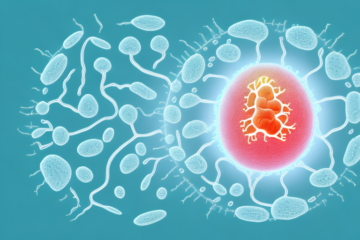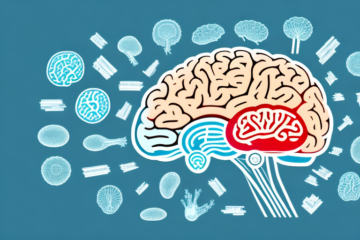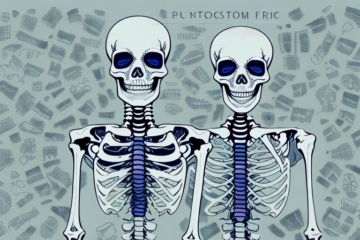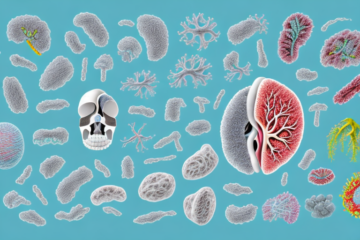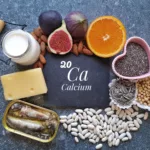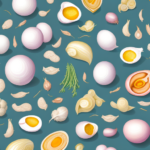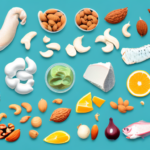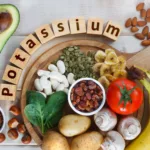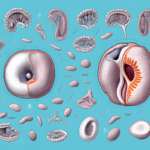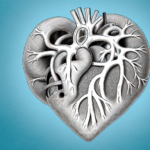The Role of Diet in Stool Color
Now that we understand the basics of how stool color is determined, let’s explore how diet can impact the color of your poop. As mentioned earlier, eating foods with green food coloring or lots of leafy greens can make your poop green. Similarly, eating beets can cause your stool to be reddish or pinkish in color.
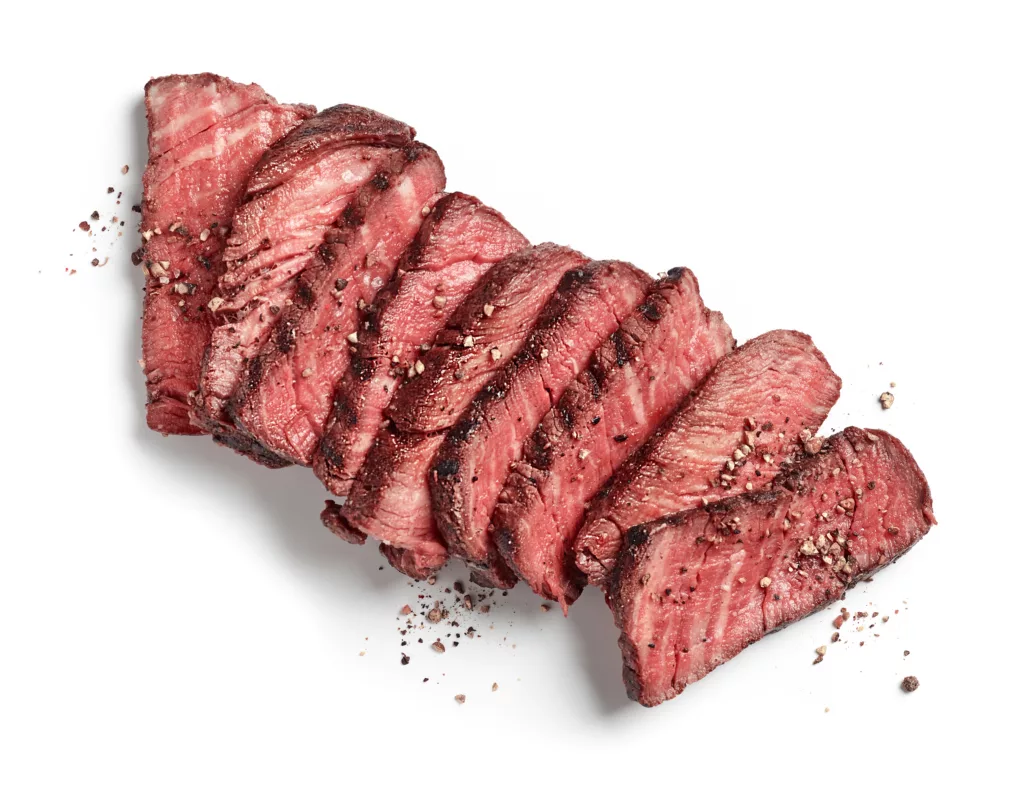
Consuming lots of red meat or iron supplements can cause your poop to be a dark, almost black color. On the other hand, a diet high in processed foods and refined sugars can cause your stool to be pale or clay-colored. This is because these foods can disrupt the gut microbiome and impair bile production, leading to a lighter-colored stool.

In addition to the above, certain medications can also affect the color of your stool. For example, antibiotics can cause your poop to be light-colored or even white, while some anti-diarrheal medications can make your stool dark and tarry.
It’s important to note that changes in stool color can also be a sign of underlying health issues, such as liver or gallbladder problems. If you notice persistent changes in your stool color, it’s best to consult with a healthcare professional to rule out any potential health concerns.



